The sight of a man in a monster suit stomping across miniature buildings has become the iconic standard for Godzilla films or any kaiju (giant monster) film for that matter, but that was not how special effects master Eiji Tsuburaya intended his monster to be, originally Godzilla would have been created with the same stop-motion animation techniques used for such films as the original King Kong and The Beasts from 20,000 Fathoms, but there was only one small problem, Tsuburaya informed the film’s producer that it would take him about seven years to produce all the effects shots required for the movie, thus “Suitmation” (opposed to Dynamation which was title Harryhausen coined for his stop-motion technique) was born. This of course would not be the first time an actor wore a monster suit but this would be the first time an actor would be portraying a beast that towered over buildings.
If your first viewing of director Ishirô Honda’s original Gojira is after seeing many of the rather goofy sequels that were made during the following years (1955-1975), known to fans as the Shōwa period, movies where Godzilla engaged in fights with various other monsters in a much more kid friendly and lighthearted way, you may be pleasantly surprised at how serious and dark the original film was. At no point does Godzilla dance a jig or fly across the terrain on his tail for super-dropkick, but instead you will see the embodiment of terror that the age of nuclear holocaust held over the people of Japan. The memories of the nuclear bombings of Hiroshima and Nagasaki were still very fresh in the minds of the Japanese people, and just eight months before the release of Gojira a fishing boat called Lucky Dragon Number Five found itself bathed in fallout from American nuclear testing off the Marshal Islands. In fact this true event is the basis for Godzilla’s first attack.
The movie opens with the Japanese freighter Eiko-maru being destroyed near Odo Island by a mysterious blast, and when a second ship meets the same fate, with few survivors this time, the authorities become very concerned. When local fishing drops to zero an old man claims that it is “Godzilla” an ancient sea monster who the islanders use to sacrifice girls to when the fishing was poor. Lucky for the virgin girls of Odo Island that is no longer the case but unlucky for the rest of the world this monster from the sea doesn’t seem to be appeased by anything, with wanton destruction its only goal. After a village is half destroyed during a storm, where some of the wreckage was clearly caused by being crushed from above and not from high winds, and with the addition of latent radioactivity, massive footprints and the finding of a previously presumed extinct trilobite in said footprint, things start to lend credence to the idea of an ancient monster. The question of this being possible is quickly answered when the village alarm bell rings and the head of a titanic dinosaur like creature crests a nearby hill.
While ship after ship is sunk being by the rampaging monster we are introduced to film’s four key main characters the first being Professor Yamane-hakase (Takashi Shimura) who presents his findings to the governmental officials stating his beliefs that Godzilla evolved from an ancient sea creature but has been disturbed from its deep underwater natural habitat by underwater hydrogen bomb testing. Yamane is of the breed of movie scientists who believes this new discovery must be preserved and studied and not destroyed but this philosophy becomes harder to defend when the beast wreaks unimaginable destruction on the city and its denizens. What’s unique here is that Yamane is treated sympathetically, unlike the somewhat similar minded scientist in the Howard Hawk's film The Thing From Another World, he isn’t ridiculed nor does he get an ironic death but instead we witness a man tortured by his beliefs and the horror of the current situation. This is a complex character not often found in this particular genre.
The remaining three that round out the cast consist of his daughter Emiko (Momoko Kôchi) who is in love with local sailor Hideto Ogata (Akira Takarada) but has been long betrothed to Daisuke Serizawa (Akihiko Hirata) a colleague of Yamane’s. This love triangle is an interesting thread that weaves throughout the movie; its Serizawa’s scientific knowledge that will be key in destroying Godzilla and its Emiko’s tortured guilt over her affair with the handsome Ogato over the eyepatch wearing and emotionally scarred Serizawa.
He does rock that eyepatch.
It’s when Emiko visits Serizawa, with the intention of informing him of her love for Ogato, that Serizawa shows her his latest invention the Oxygen Destroyer, a device which disintegrates oxygen atoms causing the organisms die of a rotting asphyxiation. Emiko is so horrified by what she sees that she recoils in terror. Serizawa tells her that he wishes he’d never discovered the thing and forces Emiko to promise to never reveal what she has seen to anyone. This is a promise that becomes harder and harder to keep as the devastation and death toll caused by Godzilla mounts.The desolation caused by Godzilla reaches new heights when it’s revealed he breathes atomic fire, and to make matters worse those that survive the fires and collapsed buildings during the beast’s rampage find themselves suffering from radiation sickness. It’s at this point the idea of Godzilla being an allegory for the nuclear holocaust goes from being subtext to being just plain text. These scenes of carnage are both exhilarating to the viewer but also bleak and terrifying, this juxtaposition of what a typical monster movie consists of to the more serious message picture found is what makes Gojira such an endearing classic. Ray Harryhausen’s The Beast from 20,000 Fathoms is an incredibly fun monster romp, an adventure tale in the same vein of King Kong and 1925s The Lost World, while Gojira offers so much more than thrilling scenes of monsters destroying landmarks.
Though the film does provide plenty of that.
One of the more emotional devastating moments in the film takes place during Godzilla’s major rampage through the city, flames reach for the clouds as building crumble into dust, but then the movie cuts to a shot of a woman and her three young children as they cower in fear, the mother attempts to comfort her children in a most heart wrenching way telling them, “We’ll be joining your father in a moment. A little longer, a little longer and we will be with your daddy.” This is clearly implying that though they will most likely die here the bright side is that they will be with father soon, who one assumes died during the war. This kind of emotional heft will never again be achieved in the films to come, even when the franchise moves away from the goofier aspects of the Shōwa period it will never reach the levels of authenticity on display here.While most monster movies of this genre would end with the hero/scientist figuring out a way to kill the giant menace this film takes that idea in a slightly different direction. After seeing the horrific aftermath of Godzilla’s rampage Emiko breaks the promise she made to Serizawa and she tells Ogata about the Oxygen Destroyer, believing this could be Japan’s only hope in defeating the creature. Serizawa is reluctant to allow his invention to be used as it could lead to a new devastating arms race, noting that even if he was to destroy the formula its secret would still lie within his head with the danger of him being “convinced” to use it again ever present. Of course Serizawa eventually agrees to use his invention, seeing the effects of the monster on the people of his country finally turning his heart, but when he and Ogata are lowered from a Navy ship to deploy it in Godzilla’s underwater lair Serizawa unloads the device and cuts off his own air support, taking the secrets of the Oxygen Destroyer with him to the grave. A heroic suicide isn’t something one expects in a monster movie and Serizawa’s tragic sacrifice is just another element that makes Gojira standout from amongst its brethren.
Godzilla dead at the hands of the Oxygen Destroyer.
Modern eyes may find the monster suit a bit quaint, and the puppet used for some shots to be rather goofy, but if you look beyond those elements you will find a powerful story that rightfully launched a decade’s long franchise and over thirty sequels. Toho has even licensed that property to Hollywood which has since resulted in the incredibly bad 1998 Godzilla but also in the quite decent 2014 Godzilla that is the beginning of a Hollywood franchise the Legendary Pictures is calling the MonsterVerse, which will eventually pit Godzilla against all his classic foes including a remake of King Kong vs Godzilla.One element I would be remiss if I didn't mention is the iconic score by legendary film composer Akira Ifukube whose main theme for Godzilla is still one of the most recognized pieces of cinematic music to date.
Note: Toho licensed Gojira to be released in North America under the title Godzilla King of the Monsters and though many deride this version I considered it to be just another interesting take on Godzilla. The film noir technique of telling the story through flashbacks, highlighted by the melodious smooth voice of Raymond narrating the disaster, added much to the success of this version. The original Gojira is still my preferred version but the Raymond Burr edit should not be dismissed out of hand.
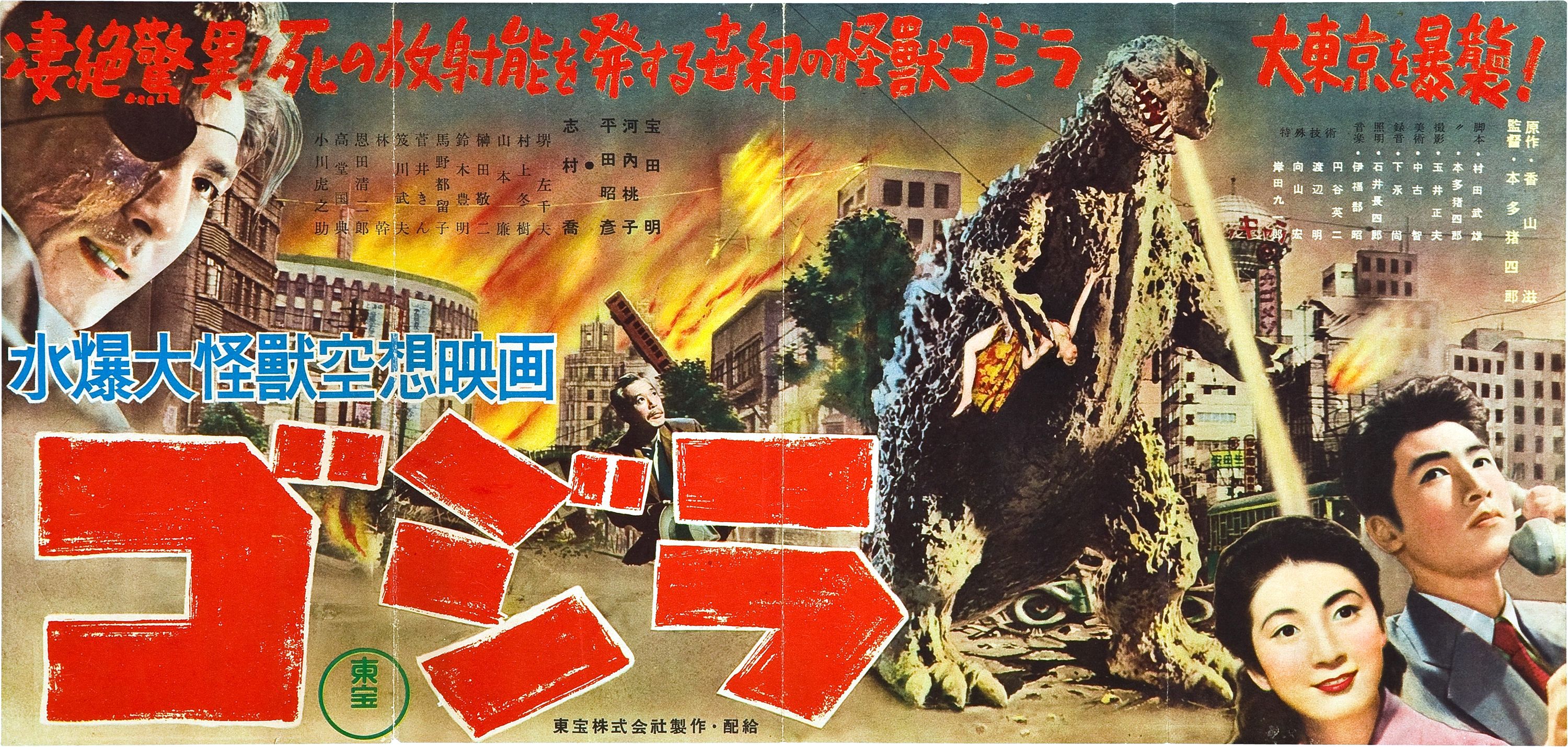

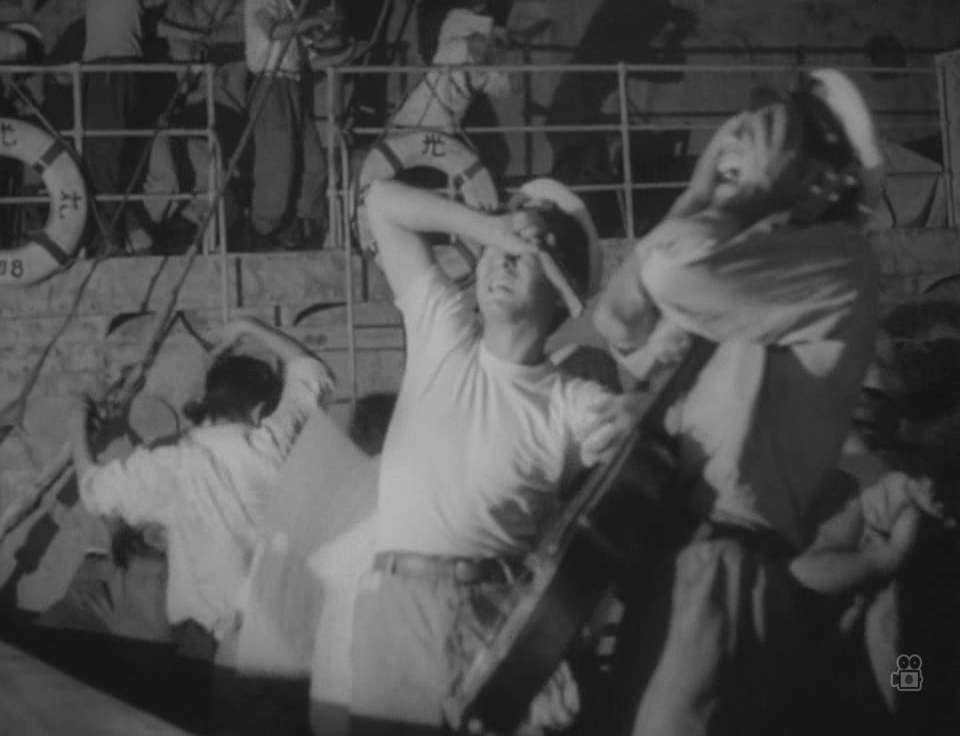
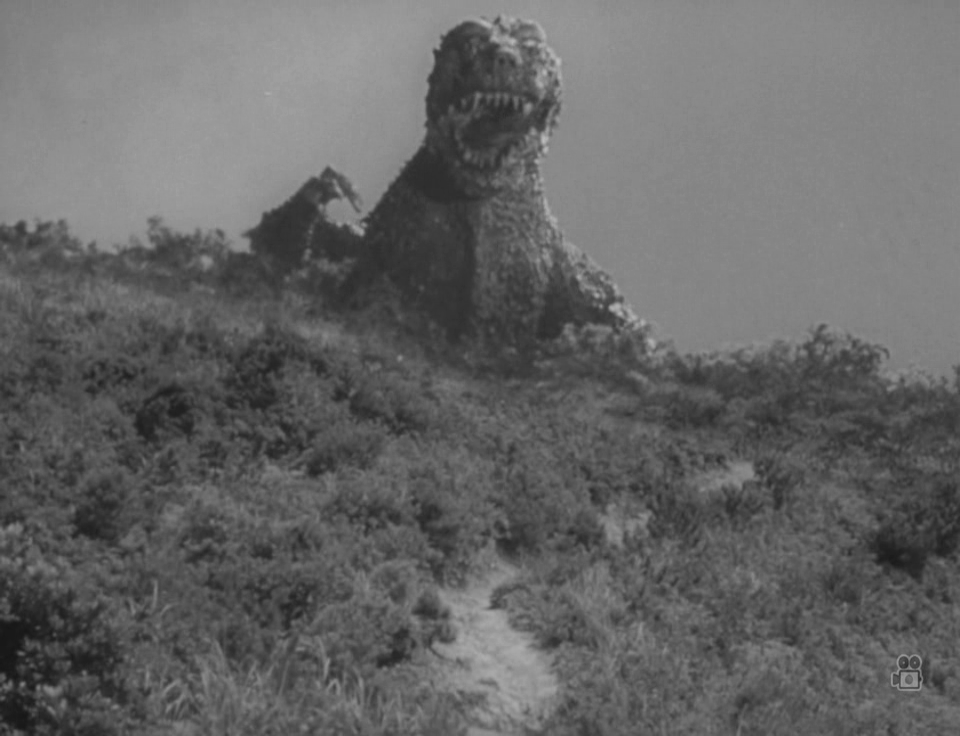
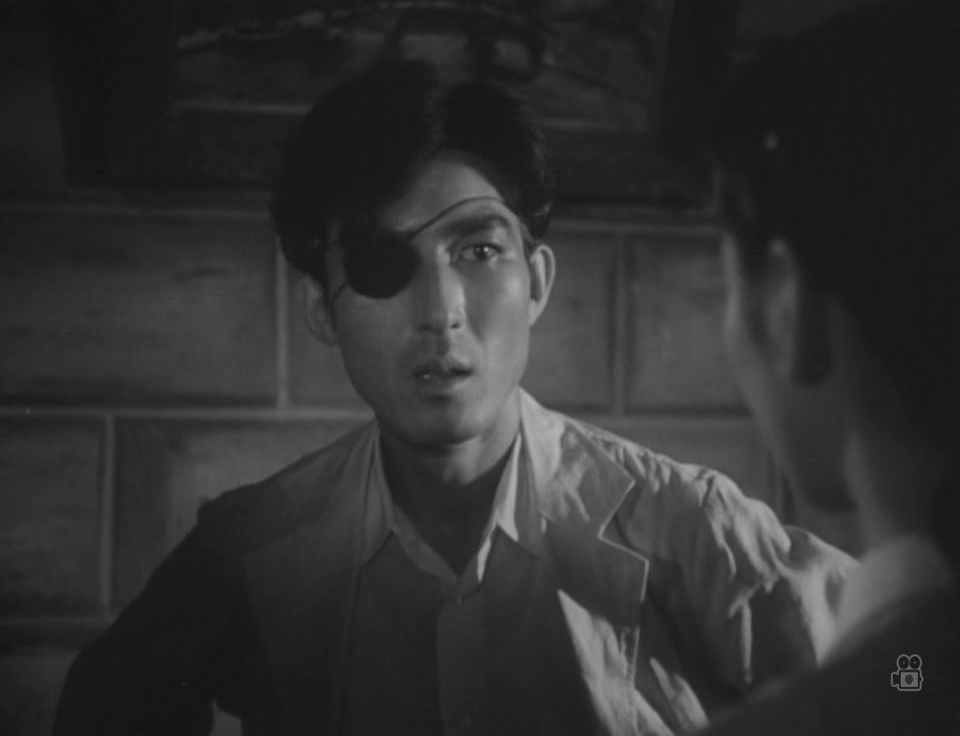
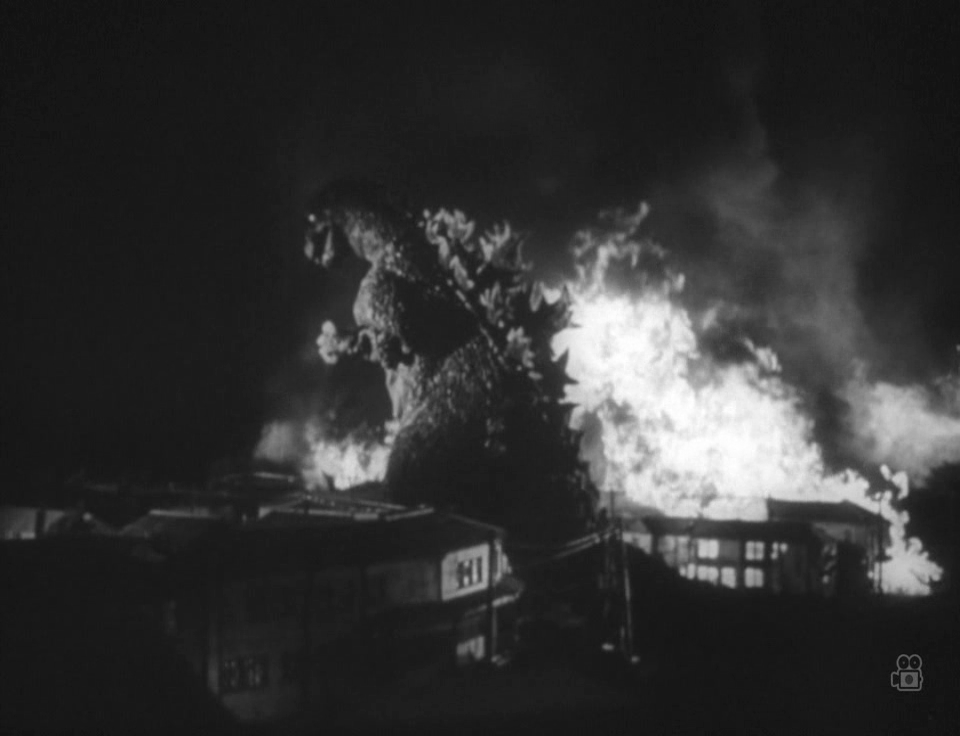
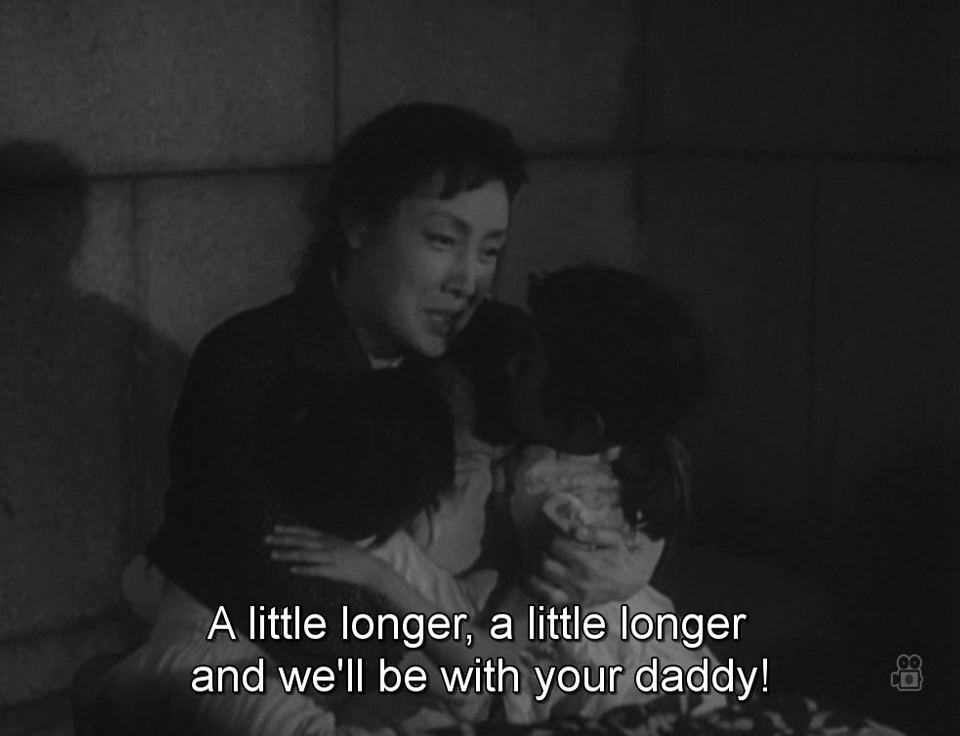
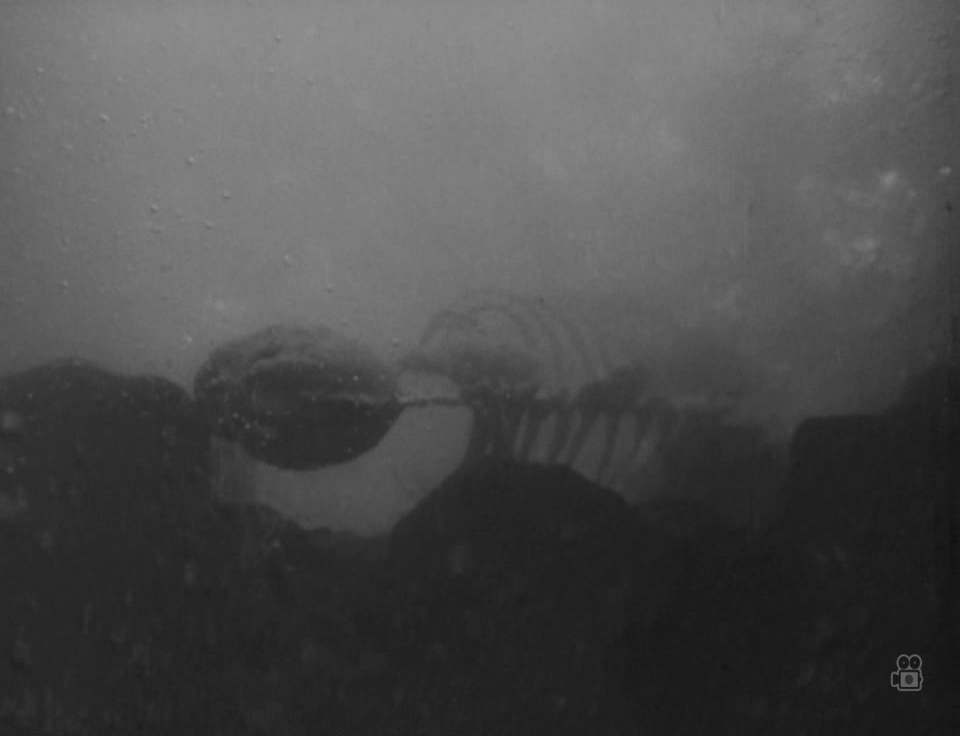
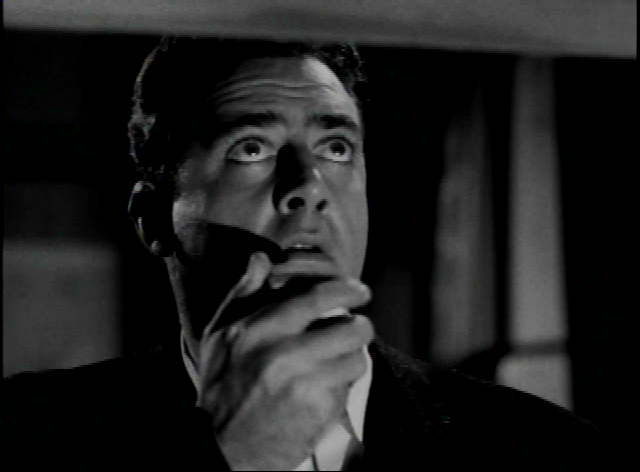

No comments:
Post a Comment